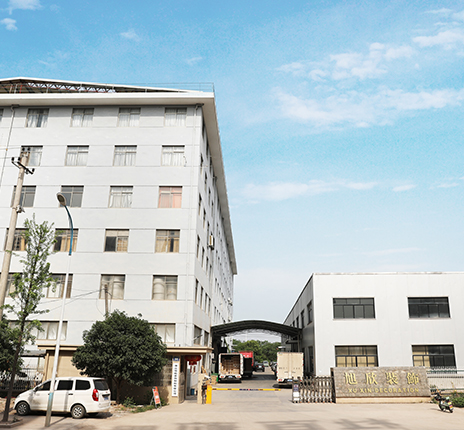What Differentiates MDF Wrapped Mouldings from Traditional MDF Mouldings in Terms of Design Flexibility and Applications?
MDF MDF-wrapped mouldings represent a step beyond traditional MDF mouldings, introducing a new dimension of design flexibility and application versatility. The wrapped refers to a layer of decorative material, often a wood veneer or laminate, applied to the MDF core. This wrapping process not only enhances the aesthetic appeal of the moulding but also expands the range of design possibilities.
Traditional MDF mouldings typically rely on paint or veneer finishes applied directly to the MDF surface. In contrast, MDF Wrapped Mouldings offer a broader spectrum of design choices by allowing the application of various decorative materials. This includes different wood veneers, laminates with textured finishes, or even faux finishes that mimic the appearance of natural materials like stone or metal.
The design flexibility of MDF Wrapped Mouldings is particularly evident in their ability to emulate the look of high-end materials at a more affordable price point. Users can achieve the appearance of solid wood, intricate patterns, or unique textures without the associated costs and maintenance challenges. Additionally, the wrapped layer provides an extra protective barrier, enhancing the moulding's resistance to wear and tear.
In terms of applications, MDF Wrapped Mouldings find their place in a wide range of interior spaces. From framing doors and windows to creating decorative wall features, the versatility of these mouldings allows users to tailor their applications to suit various design themes. Whether seeking a contemporary, minimalist look or a more classic, ornate appearance, MDF Wrapped Mouldings provides a customizable solution that aligns with diverse design preferences.
How Does the Inclusion of MDF Covered Lines Contribute to the Aesthetics and Functionality of Interior Spaces?
MDF-covered lines play a pivotal role in enhancing both the aesthetics and functionality of interior spaces. These lines refer to MDF profiles or mouldings that are strategically covered or wrapped with a decorative material, offering a seamless and cohesive appearance. This approach goes beyond mere surface application, contributing to a more integrated and refined design.
In terms of aesthetics, MDF-covered lines provide a polished and sophisticated look, especially when the covering material aligns with the overall design theme. The integration of wood veneers, laminates, or other decorative coverings allows these lines to blend seamlessly with surrounding elements, creating a cohesive visual narrative. Whether used as baseboards, crown mouldings, or chair rails, MDF-covered lines become subtle yet impactful elements that contribute to the overall design harmony of a space.
Functionality comes into play with the protective layer that the covering provides. MDF, known for its durability, gains an additional shield against wear and tear, ensuring that the lines maintain their integrity over time. This makes them ideal for high-traffic areas or spaces where exposure to environmental factors is a consideration.
How Does Wrapped Moulding Offer Innovative Solutions in DIY and Custom Interior Design Projects?
One key advantage of wrapped moulding in DIY projects is the ease of customization. DIYers can choose from a variety of wrapping materials, including wood veneers, laminates, or specialty finishes, allowing them to tailor the mouldings to suit their specific design vision. This customization extends to patterns, textures, and colors, enabling individuals to achieve a personalized look that aligns with the overall theme of their interior spaces.
The application of wrapped moulding becomes a user-friendly process, making it accessible for DIYers with varying skill levels. The pre-wrapped nature of these mouldings simplifies the installation process, reducing the need for intricate finishing work. This makes wrapped moulding an ideal choice for those embarking on DIY projects who seek professional-looking results without extensive woodworking expertise.
Furthermore, wrapped moulding offers versatility in terms of design applications. Whether individuals are looking to frame mirrors, create accent walls, or add decorative elements to furniture, the customizable nature of wrapped moulding allows for a broad range of creative possibilities. DIYers can experiment with different wrapping materials and styles, fostering a sense of individuality in their design endeavors.


 English
English Français
Français عربى
عربى


